Several times a year, especially when the kids grow or as the seasons shift (which they always do), I venture into the depths of our attic to retrieve the next sizes of clothes for their capsule wardrobes. After a couple of hours, their wardrobes are neatly updated with hand-me-downs, and I find myself sneezing uncontrollably.
These moments remind me of my one enduring allergy—dust. It’s a formidable one!
While I handle childbirth and even a lengthy 20-mile hike with relative ease, dust turns me into a sneeze-prone, grumpy wreck.
Bieler’s Vegetable Broth to the Rescue
I’ve improved at using an air filter while cleaning or switching out clothes in the attic. I also use some allergy remedies that offer significant relief. However, when my dust or hay fever flare-ups become intense, I rely on my trusted recipe for Bieler’s vegetable broth (and include a few extra ingredients to soothe allergies).
What is Bieler’s Vegetable Broth?
I first came across this vegetable broth in the book "Nourishing Traditions." Dr. Henry Bieler created this detox soup to aid healing and cleansing in the body. He claimed it helped restore the correct acid/alkaline balance and might also adjust the body’s sodium/potassium levels.
Benefits of Bieler’s Detox Vegetable Soup
While the taste of this vegetable-based broth is not as rich as my beloved garlic soup, its benefits lie in its nourishing properties rather than flavor. It’s a healthy option used in various cleanses and detox programs. Many cancer patients drink it for its ease on the stomach while providing nutrition. I use it to alleviate my allergies (there’s a tip for an addition below).
I also turn to this comforting soup when under the weather. It boasts high vitamin C and K content, supporting the immune system. It’s naturally gluten-free, dairy-free, and packed with vegetables and fresh herbs.
This Broth Traditionally Contains
- Zucchini – A natural source of potassium, sodium, vitamin C, and vitamin B6.
- String beans – A good source of sodium and potassium, containing chromium, phosphorus, and choline.
- Celery – Offers vitamin K, potassium, folate, and pantothenic acid (B vitamins).
- Parsley – Acts as a multivitamin in a plant, providing vitamin K, vitamin C, antioxidants, and beneficial volatile oils. It’s considered cleansing and nourishing.
And I Often Add …
The original "Bieler’s Broth" recipe is wonderful as it is. However, when allergies strike, I add some extras to help calm them down. These additions are optional but can enhance flavor and nutrients.
-
Nettle Leaf – I appreciate stinging nettle for alleviating natural allergies. When available, I add a few wild-harvested leaves to the broth. It flourishes in our yard, making it accessible in warmer months. I also store some in the freezer for winter. Use caution when handling raw nettle as it can sting.
-
Dandelion Leaf – Known for liver-cleansing properties, I enjoy adding dandelion to the broth, further aiding my allergies and benefiting the skin. I harvest these in our yard and freeze portions in ice cube trays for winter.
- Garlic cloves – Provides great flavor with numerous health benefits.
How to Make Bieler’s Vegetable Broth
This broth is quick and straightforward to prepare. With the ingredients on hand, you can whip it up in less than half an hour. Whether starting the new year with a cleanse or needing a detox, Bieler’s broth is an excellent choice. Follow these steps to make it:
- Place all ingredients except parsley into a large pot over medium-high heat on the stovetop. Bring to a boil.
- Boil for around 10 minutes or until the vegetables are bright green and tender.
- Remove from the heat and add parsley.
- Blend until smooth using an immersion blender, blender, or food processor.
Nutrition Facts
- Amount Per Serving (1 .5 cups)
- Calories 56
- Calories from Fat 5
- % Daily Value
- Fat 0.5g 1%
- Saturated Fat 0.1g 1%
- Sodium 43mg 2%
- Carbohydrates 12g 4%
- Fiber 5.1g 21%
- Sugar 3.6g 4%
- Protein 3.6g 7%
-
- Percent Daily Values are based on a 2000 calorie diet.
For a more nourishing and filling soup, utilize bone broth or vegetable broth instead of water. Feel free to add desired spices, though for illness or allergies, the basic version seems most calming. Store leftovers in an airtight container and reheat gently on the stovetop.
Broth Additions and Substitutions
I’ve mentioned adding fresh dandelion, garlic, and nettle to the broth, but you can include other ingredients as well. Saute yellow onion and bell peppers in olive oil for added flavor. Season with a bit of sea salt, black pepper, or fresh lemon juice. Or try fresh cilantro to facilitate detox from heavy metals.
For a heartier soup, consider chicken or several cups of vegetable broth instead of water. If you appreciate the flavor of the broth but seek a higher protein meal, adding diced chicken breast is simple.
When my allergies are troublesome or the kids need soothing during illnesses, the original recipe remains our go-to. It’s delicious and customizable to suit your preferences!
What are your favorite foods to eat during allergies or illnesses? Share a comment and let us know!




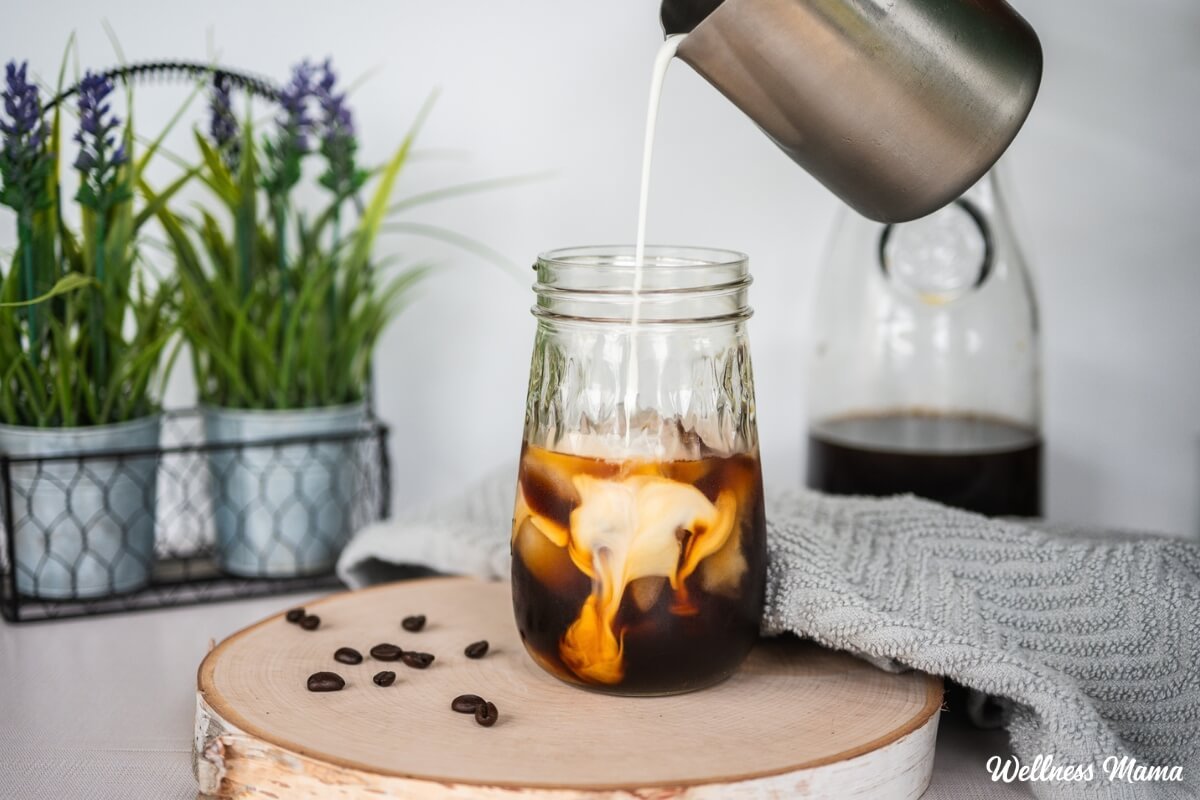
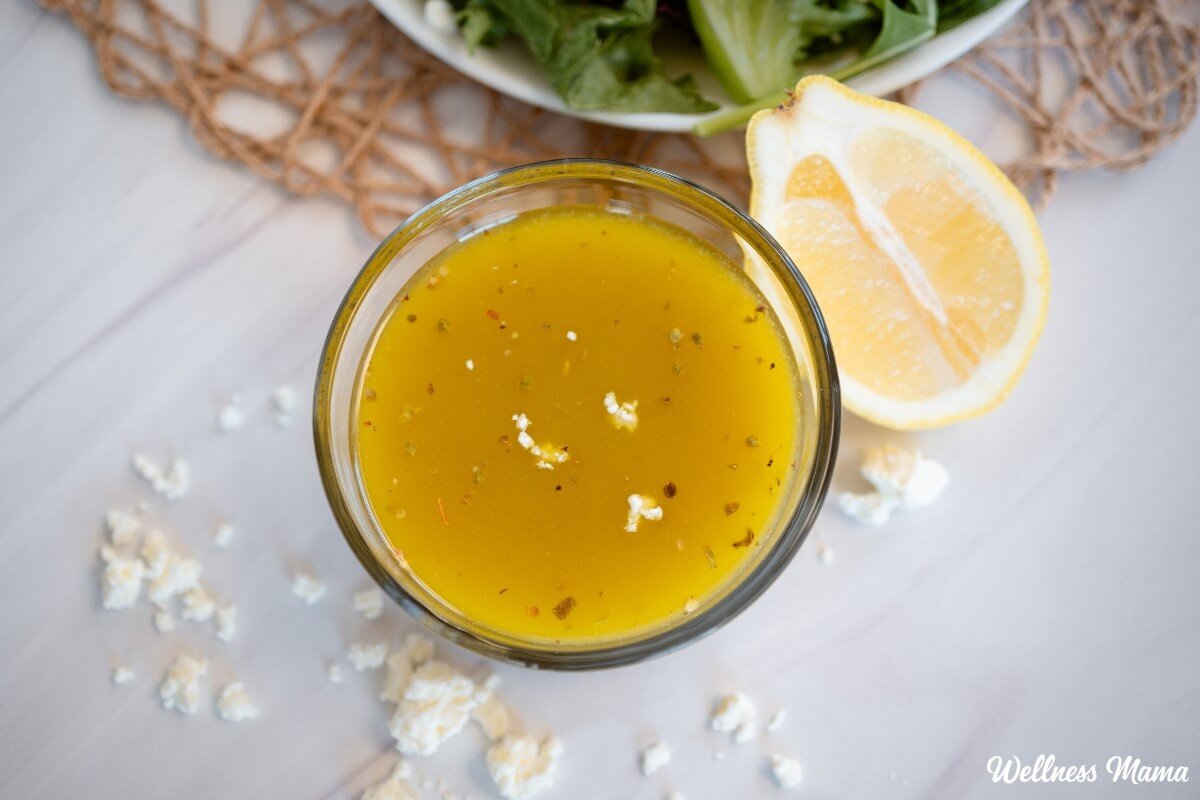
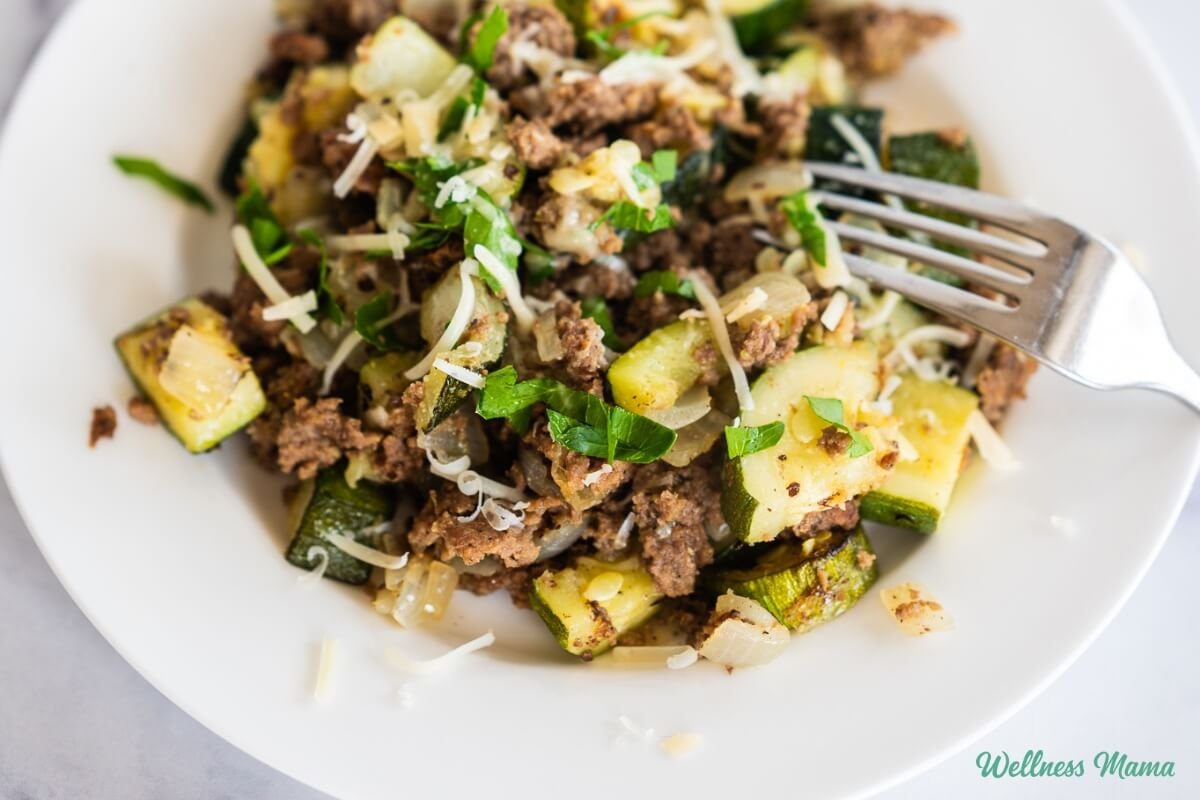

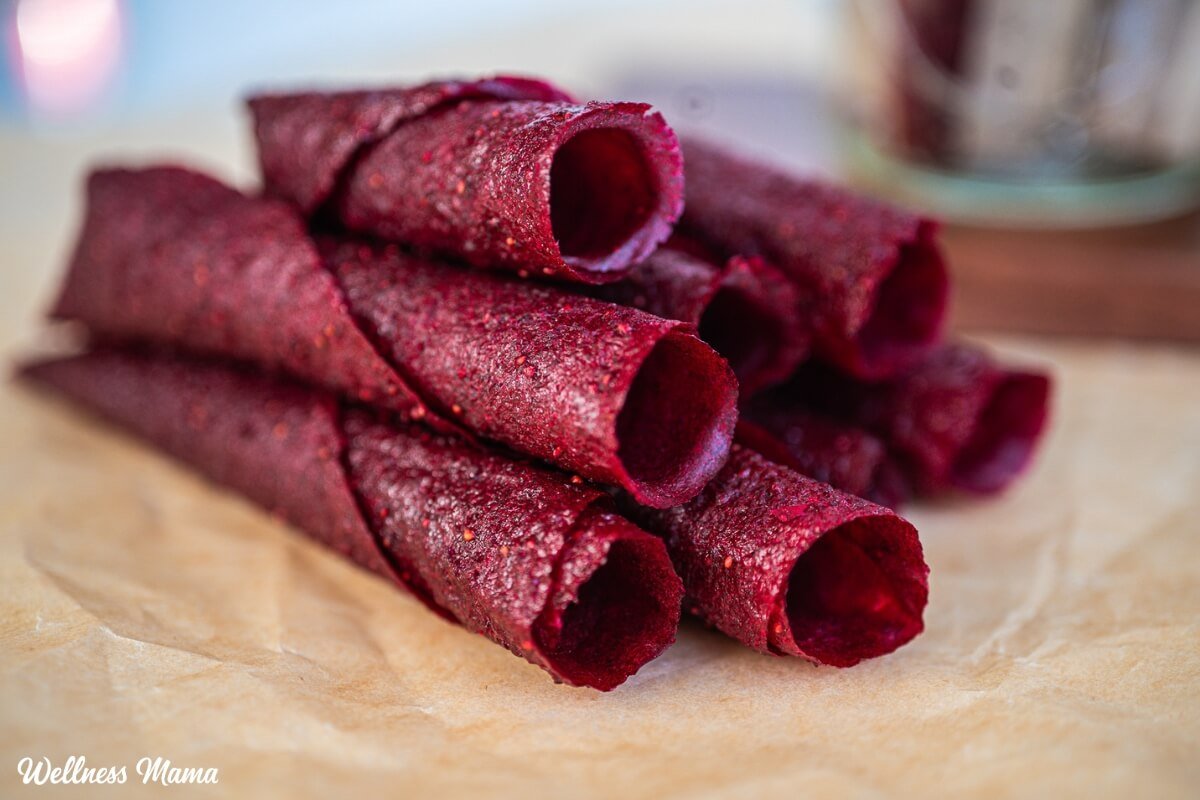

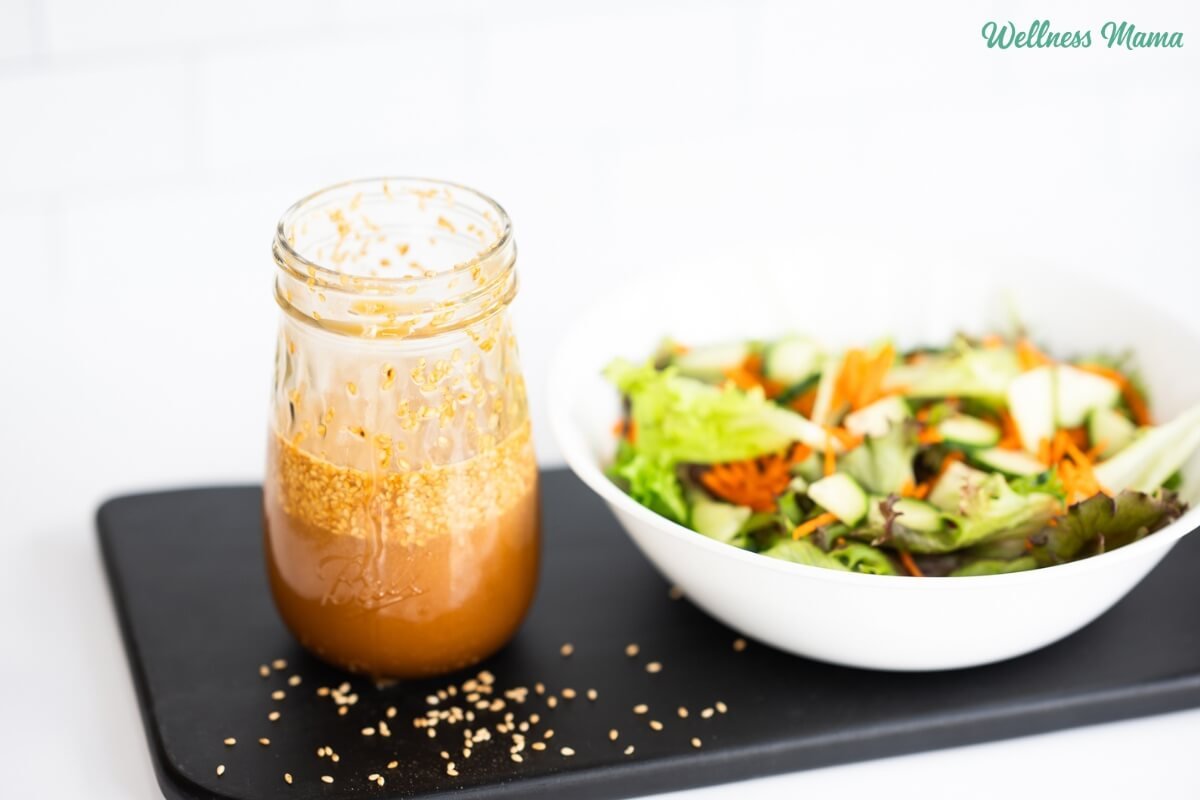


Leave a Reply